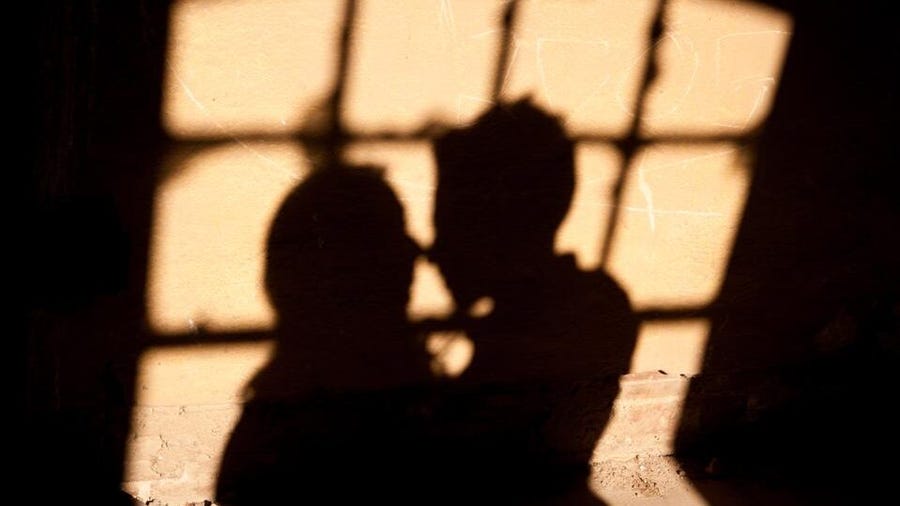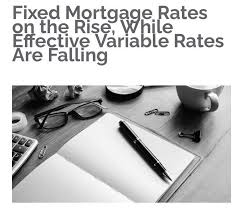
The 80-10-10 mortgage is a type that allows borrowers without a 20% down payment to skip PMI. This loan allows them to buy a luxurious home without the need for a jumbo mortgage. It is not possible to have two mortgages on the same loan.
Piggyback loans
Piggyback loans are a type of mortgage that allows you to get a lower down payment on your new home. Contrary to other mortgages, the 80-10-10 loan does not require you to pay 10% of the home's total cost. However, you may have to pay mortgage insurance on the loan as well. This mortgage loan is great if you have excellent credit and are willing to pay the extra cost.
A piggyback loan consists of two types of liens: the first lien is a fixed rate mortgage covering up to 80% of the home's purchase price, while the second lien is a home equity line of credit (HELOC). Home equity loans of credit (HELOCs), are similar to credit card but do not charge interest and can be paid off at any moment.
Jumbo loans
80-10-10 loans allow borrowers to purchase a larger home with a smaller down payment. They can avoid the rigid guidelines associated with jumbo loans by using this loan. The monthly payment can be as low as 10% instead of 20%. These loans are also ideal for people in a financial bind and those who are not able to afford the higher down payment required for a conventional loan.

Lenders can vary the loan limits for jumbo loans, but they typically exceed $647,000. Limits for Hawaii and Alaska are higher at $970,000.
80 10 10 loan
A 80/10/10 loan is a great option for those who are interested in a costly home, but have limited funds. These loans allow you borrow up to 80% of your purchase price. However, a small downpayment of 10% is required. These loans don't require any mortgage insurance.
These loans are popular for homeowners who want to avoid jumbo loan, get around PMI, buy a home and then sell their existing one. In short, these loans are like piggyback loans. Although there are several variations to this loan's basic concept, it is the same. The basic idea is that you take out two loans. One to your new home and another for your current residence. You then pay off the second loan by combining the first. The benefit of this loan is that it allows you to buy a home at a higher price and not pay PMI.
Rural Housing Loans
Rural housing loans are an excellent way to buy a new house. These loans are guaranteed by USDA, making them ideal for homebuyers who have low income. This government program provides low interest rates and zero down payments. It guides homebuyers through the application process and eligibility requirements. It offers refinancing of qualified loans.
You can use rural housing loans for many purposes. They can help buyers buy their first or second home. For example, an FHA mortgage requires only 3.5% of the purchase price. This allows people with low incomes to purchase homes with lower mortgage payments.

USDA loans
A USDA 80-10-10 loan might be a good option if you need a zero down home loan. This loan is only available to low and moderate-income households. In order to be eligible, however, you will need to meet certain income- and property requirements. You should meet these requirements to be eligible for a home purchase.
This loan program provides a variety options, including self serviced loans and bank owned loans. You can rest assured that these loans are guaranteed by the USDA and will have a low-interest rate as well as a flexible payment schedule. You can repay these loans in as little as 33 to 38 year depending on your income.
FAQ
What is a reverse mortgage?
A reverse mortgage allows you to borrow money from your house without having to sell any of the equity. It works by allowing you to draw down funds from your home equity while still living there. There are two types: conventional and government-insured (FHA). A conventional reverse mortgage requires that you repay the entire amount borrowed, plus an origination fee. FHA insurance covers repayments.
How can I tell if my house has value?
Your home may not be priced correctly if your asking price is too low. If your asking price is significantly below the market value, there might not be enough interest. To learn more about current market conditions, you can download our free Home Value Report.
Do I require flood insurance?
Flood Insurance covers flooding-related damages. Flood insurance helps protect your belongings and your mortgage payments. Learn more about flood insurance here.
Statistics
- When it came to buying a home in 2015, experts predicted that mortgage rates would surpass five percent, yet interest rates remained below four percent. (fortunebuilders.com)
- Based on your credit scores and other financial details, your lender offers you a 3.5% interest rate on loan. (investopedia.com)
- Private mortgage insurance may be required for conventional loans when the borrower puts less than 20% down.4 FHA loans are mortgage loans issued by private lenders and backed by the federal government. (investopedia.com)
- 10 years ago, homeownership was nearly 70%. (fortunebuilders.com)
- This seems to be a more popular trend as the U.S. Census Bureau reports the homeownership rate was around 65% last year. (fortunebuilders.com)
External Links
How To
How to buy a mobile home
Mobile homes are homes built on wheels that can be towed behind vehicles. Mobile homes are popular since World War II. They were originally used by soldiers who lost their homes during wartime. People today also choose to live outside the city with mobile homes. These houses are available in many sizes. Some are small, while others are large enough to hold several families. Some are made for pets only!
There are two main types of mobile homes. The first is built in factories by workers who assemble them piece-by-piece. This is done before the product is delivered to the customer. Another option is to build your own mobile home yourself. Decide the size and features you require. Then, you'll need to ensure that you have all the materials needed to construct the house. To build your new home, you will need permits.
If you plan to purchase a mobile home, there are three things you should keep in mind. Because you won't always be able to access a garage, you might consider choosing a model with more space. Second, if you're planning to move into your house immediately, you might want to consider a model with a larger living area. You should also inspect the trailer. It could lead to problems in the future if any of the frames is damaged.
Before you decide to buy a mobile-home, it is important that you know what your budget is. It is important to compare prices across different models and manufacturers. Also, look at the condition of the trailers themselves. While many dealers offer financing options for their customers, the interest rates charged by lenders can vary widely depending on which lender they are.
Instead of purchasing a mobile home, you can rent one. Renting allows you the opportunity to test drive a model before making a purchase. Renting isn't cheap. The average renter pays around $300 per monthly.